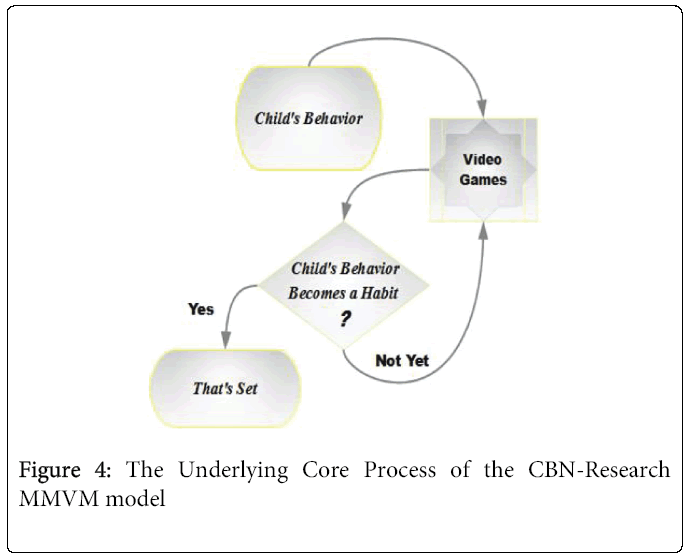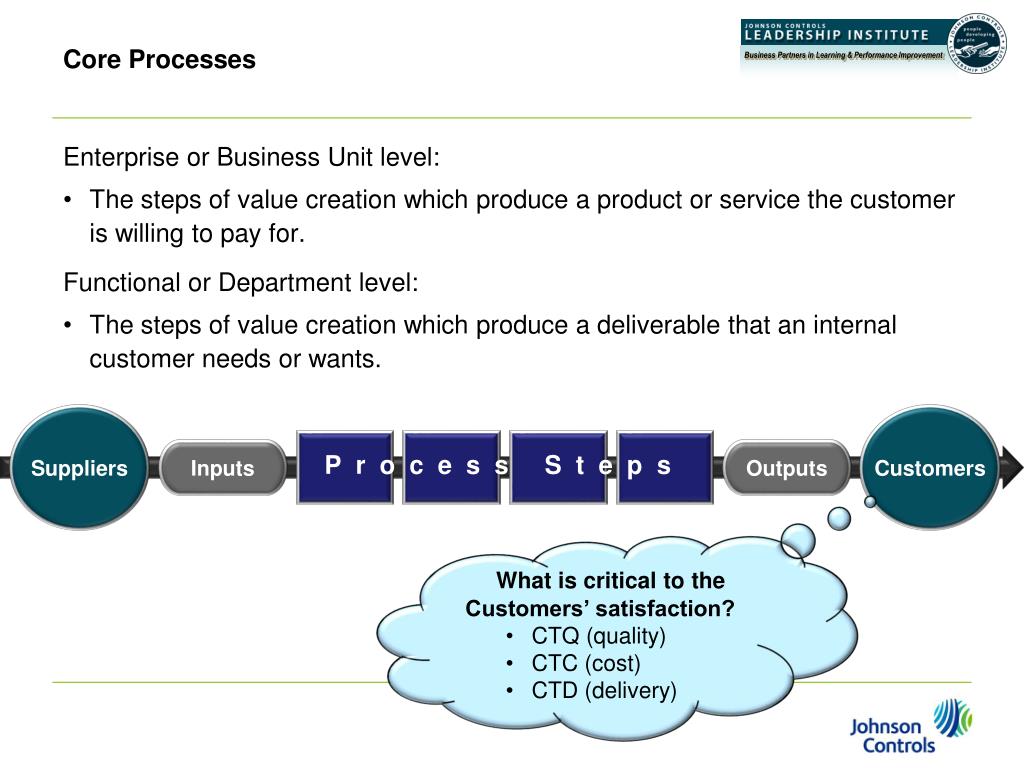
- #Core process 3 5 activiities software#
- #Core process 3 5 activiities Pc#
- #Core process 3 5 activiities series#
The data requirements document is used to confirm the understanding of requirements with users. The data administrator plays a key role in this process as they overview the business, legal and ethical issues within the organization that impact on the data requirements. The result of this step is a document that includes the detailed requirements provided by the users.Įstablishing requirements involves consultation with, and agreement among, all the users as to what persistent data they want to store along with an agreement as to the meaning and interpretation of the data elements. During this step, the database designers have to interview the customers (database users) to understand the proposed system and obtain and document the data and functional requirements.

The first step is requirements gathering. It is applicable to any class of DBMS, not just a relational approach.ĭatabase application development is the process of obtaining real-world requirements, analyzing requirements, designing the data and functions of the system, and then implementing the operations in the system. Using these assumptions and Figure 13.2, we can see that this diagram represents a model of the activities and their outputs for database development. A waterfall model of the activities and their outputs for database development.
#Core process 3 5 activiities software#
Since maintenance involves the analysis of the changes required, design of a solution, implementation and testing of that solution over the lifetime of a maintained software system, the waterfall life cycle will be repeatedly revisited.
#Core process 3 5 activiities Pc#
Maintenance involves dealing with changes in the requirements or the implementation environment, bug fixing or porting of the system to new environments (e.g., migrating a system from a standalone PC to a UNIX workstation or a networked environment).Testing compares the implemented system against the design documents and requirements specification and produces an acceptance report or, more usually, a list of errors and bugs that require a review of the analysis, design and implementation processes to correct (testing is usually the task that leads to the waterfall model iterating through the life cycle).Implementation may be staged, usually with an initial system that can be validated and tested before a final system is released for use. Implementation is the construction of a computer system according to a given design document and taking into account the environment in which the system will be operating (e.g., specific hardware or software available for the development).Design begins with a system specification, produces design documents and provides a detailed description of how a system should be constructed.The specification is a formal representation of what a system should do, expressed in terms that are independent of how it may be realized. Analysis starts by considering the statement of requirements and finishes by producing a system specification.Establishing requirements involves consultation with, and agreement among, stakeholders about what they want from a system, expressed as a statement of requirements.What is important is the scope of the activities, which can be summarized as follows: We can use the waterfall process as a means of identifying the tasks that are required, together with the input and output for each activity. It shows the process as a strict sequence of steps where the output of one step is the input to the next and all of one step has to be completed before moving onto the next. This waterfall figure, seen in Figure 13.1, illustrates a general waterfall model that could apply to any computer system development.

Let us start with an overview of the waterfall model such as you will find in most software engineering textbooks. Software Development Life Cycle – Waterfall Ideally, each phase in the life cycle can be checked for correctness before moving on to the next phase. The software product moves through this life cycle (sometimes repeatedly as it is refined or redeveloped) until it is finally retired from use.

The collection of these steps is sometimes referred to as the software development life cycle (SDLC).
#Core process 3 5 activiities series#
A core aspect of software engineering is the subdivision of the development process into a series of phases, or steps, each of which focuses on one aspect of the development.


 0 kommentar(er)
0 kommentar(er)
